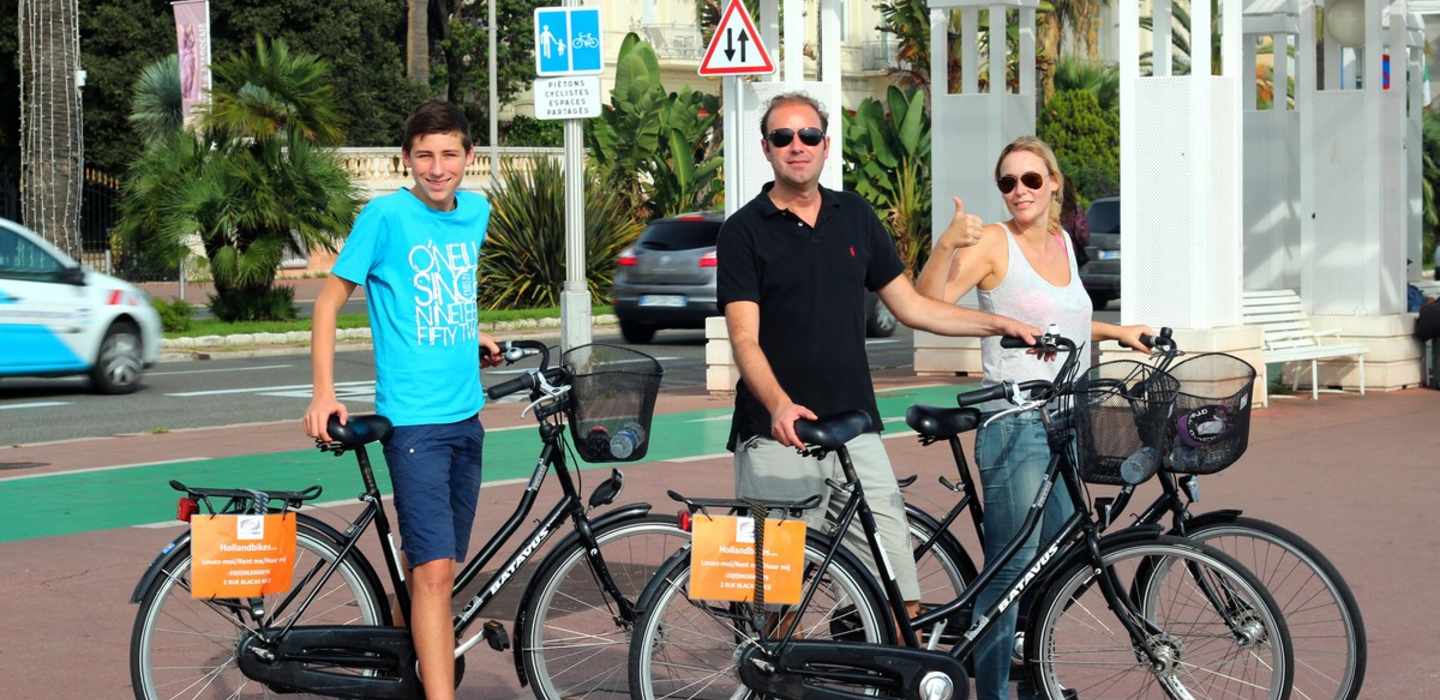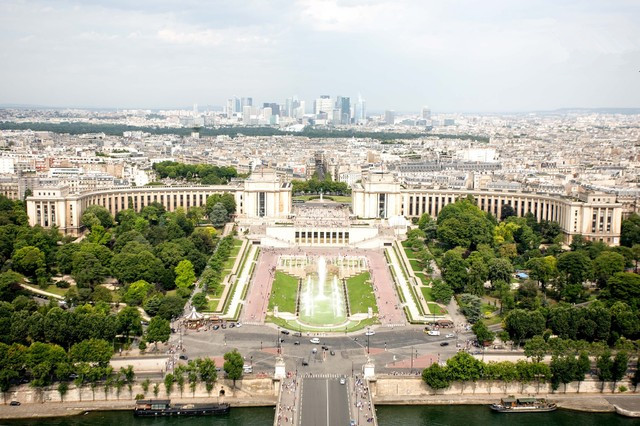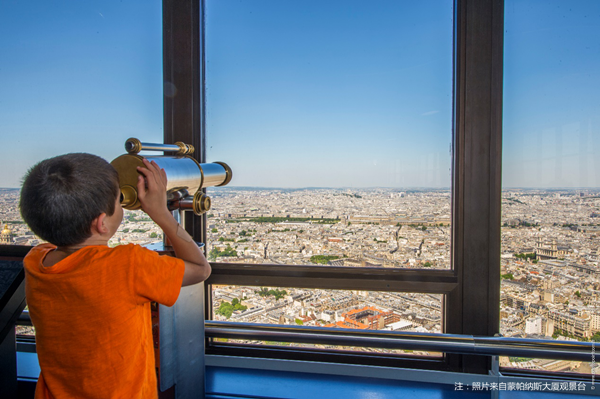A Travel Guide to Paris and Mont-Saint-Michel
This guide details a classic French itinerary, taking travelers from the vibrant heart of Paris to the mystical, tidal island of Mont-Saint-Michel and back. It is designed to provide practical information, cultural context, and local insights for an unforgettable journey through two of France's most iconic destinations.
Part 1: Paris - The City of Light
Paris, the capital of France, is a global center for art, fashion, gastronomy, and culture. Its tree-lined boulevards, world-class museums, and romantic atmosphere make it a perennial favorite for travelers.
Key Attractions in Paris
Eiffel Tower (La Tour Eiffel): The quintessential symbol of Paris. Visitors can ascend to one of the three levels for breathtaking panoramic views. It is highly recommended to book tickets online weeks in advance to avoid long queues. The surrounding Champ de Mars park is perfect for a picnic.
The Louvre Museum (Musée du Louvre): The world's largest art museum, home to masterpieces like the Mona Lisa, the Venus de Milo, and the Winged Victory of Samothrace. A comprehensive visit requires at least half a day. Purchasing a timed-entry ticket online is essential.
Notre-Dame Cathedral: Although still under restoration after the 2019 fire, the exterior of this Gothic masterpiece remains a powerful sight. The surrounding Île de la Cité is the historic heart of Paris.
Arc de Triomphe and Champs-Élysées: Climb the 284 steps to the top of the Arc de Triomphe for one of the best views of Paris, looking down the twelve radiating avenues, including the famous Champs-Élysées.
Montmartre and the Sacré-Cœur Basilica: This historic artistic neighborhood offers a village-like feel with its steep, winding streets. The white-domed Basilica of Sacré-Cœur sits at the highest point in the city, offering a spectacular view.
Musée d'Orsay: Housed in a magnificent former railway station, this museum boasts an unparalleled collection of Impressionist and Post-Impressionist art by masters such as Monet, Manet, Renoir, and Van Gogh.
Parisian Food & Drink
Parisian cuisine is an integral part of the experience. Beyond fine dining, the city's culinary soul is found in its bistros, bakeries, and markets.
Café Culture: Spend time at a sidewalk café with a café crème (coffee with milk) or a glass of wine, simply watching the world go by.
Patisseries & Boulangeries: Start the day with a buttery, flaky croissant or a pain au chocolat. Must-try pastries include the éclair, macaron, and tarte au citron.
Classic Bistro Fare: Look for dishes like Steak Frites (steak and fries), Coq au Vin (chicken braised in wine), and Confit de Canard (duck confit).
Cheese and Wine: Visit a fromagerie (cheese shop) and a cave à vin (wine shop) to assemble a perfect picnic for the banks of the Seine or a park.
Street Food: Don't miss the classic French crêpe, either sweet (with Nutella or sugar) or savory (with ham and cheese, known as a galette).
Transportation in Paris
Paris has an extensive and efficient public transportation system run by the RATP.
Metro: The fastest way to get around the city. A carnet (pack of 10 tickets) is cost-effective for multiple journeys.
RER Trains: Commuter trains that connect the city center with the suburbs, including Charles de Gaulle (CDG) and Orly (ORY) airports.
Buses: Slower than the Metro but offer excellent views of the city as you travel.
Walking: Many central neighborhoods are best explored on foot to discover hidden courtyards and charming streets.
Accommodation Tips for Paris
Paris is divided into 20 arrondissements (districts), each with its own character.
1st-4th Arrondissements (Le Marais, Louvre): Central, historic, and upscale. Excellent for first-time visitors who want to be near major sights.
5th-6th Arrondissements (Latin Quarter, Saint-Germain-des-Prés): Intellectual and artistic history, bustling with students, bookshops, and classic cafés.
7th Arrondissement (Eiffel Tower): A prestigious residential area with many museums and, of course, views of the Eiffel Tower.
8th-9th Arrondissements (Champs-Élysées, Opéra): Grand boulevards, luxury shopping, and major business hubs.
18th Arrondissement (Montmartre): Bohemian and village-like, though can be crowded with tourists. Offers fantastic views.
The Journey: Paris to Mont-Saint-Michel
The journey from Paris to Mont-Saint-Michel is part of the adventure, traversing the picturesque Normandy countryside.
By Train
The most convenient and recommended way is by train. Travelers take a high-speed TGV from Paris's Gare Montparnasse to either Rennes or Dol-de-Bretagne. The journey takes approximately 2 hours. From these stations, a dedicated shuttle bus (operated by Keolis) completes the journey to the Mont-Saint-Michel visitor car park in about 25-30 minutes. The bus schedule is coordinated with train arrivals.
By Car
Renting a car offers more flexibility to explore the Normandy or Brittany regions. The drive from Paris takes about 4 hours via the A13 and A84 motorways. All private vehicles must be left in the large designated parking lots on the mainland (paid). From there, a free shuttle bus (Passeur) or a walkway leads to the island.
Organized Tours
For those who prefer a hassle-free experience, numerous companies offer day trips or overnight tours from Paris to Mont-Saint-Michel. This includes transportation and often a guided tour of the abbey.
Part 2: Mont-Saint-Michel - The Marvel of the West
Rising from vast sandbanks and powerful tides, Mont-Saint-Michel is a breathtaking medieval abbey built on a rocky tidal island. It is a UNESCO World Heritage site and one of France's most recognizable landmarks.
The Abbey of Mont-Saint-Michel
The Abbey is the centerpiece of the island, an architectural marvel that represents a remarkable feat of medieval engineering. It was constructed over centuries, from the 10th to the 16th, showcasing Romanesque and Gothic styles. A visit involves climbing the Grand Degré, a steep stone staircase, to enter the abbey complex. Highlights include the serene cloister, the massive nave of the church, and the "Merveille" (The Marvel) – a three-story building on the north side housing the refectory, guest hall, and knights' hall.
The Village and Ramparts
The single main street, Grande Rue, winds its way up to the abbey, lined with museums, shops, and small hotels. While touristy, it retains a historic charm. Walking along the ramparts offers stunning views across the bay.
The Tides
The bay of Mont-Saint-Michel is famous for having some of Europe's strongest tides. The sea can recede up to 15 kilometers and then return at great speed—"as swiftly as a galloping horse," as Victor Hugo said. It is crucial to check the tide timetable before venturing out onto the sands. Never attempt to walk to or from the island without an accredited guide due to the danger of quick sand and rapidly incoming tides.
Food & Drink at Mont-Saint-Michel
The local cuisine is heavily influenced by its coastal location and history.
Omelette de la Mère Poulard: The island's most famous dish. Originally created by Annette Poulard in the late 19th century to feed pilgrims, it is a light, fluffy omelette cooked over an open fire. While it has become a tourist attraction in itself, it is a unique culinary experience.
Salt-Meadow Lamb (Agneau de Pré-Salé): Lambs that graze on the salt marshes surrounding the bay develop a distinctive, subtly salty flavor that is highly prized.
Seafood: Mussels (moules), oysters (huîtres), and scallops (coquilles Saint-Jacques) are local specialties.
Cider: This region is apple country, not wine country. A glass of local brut (dry) or doux (sweet) cider is the perfect accompaniment to a meal.
Accommodation Tips for Mont-Saint-Michel
Staying overnight on the island is a magical experience, as the day-trippers leave and the atmosphere becomes more tranquil.
On the Island: Accommodations are limited and fill up quickly. They are often housed in historic buildings with character but may have smaller rooms and no elevators. Booking many months in advance is essential.
On the Mainland: There are numerous hotels and B&Bs in the nearby towns, such as Beauvoir or Pontorson. These offer more modern amenities and are often more budget-friendly. The free shuttle buses provide easy access to the island.
The Return: Mont-Saint-Michel to Paris
The return journey follows the same route in reverse: shuttle bus from Mont-Saint-Michel to Rennes or Dol-de-Bretagne station, then a TGV back to Paris Gare Montparnasse. Travelers should allow at least 4 hours for the entire journey back to central Paris.
Cultural Insights and Practical Tips
Cultural Etiquette
Greetings: Always begin interactions with "Bonjour" (Good day) or "Bonsoir" (Good evening). It is considered polite to say "Au revoir" (Goodbye) when leaving a shop or café.
Language: While English is widely spoken in tourist areas, making an effort to speak a few words of French (like "Merci" for thank you) is greatly appreciated.
Dining: Meals are often enjoyed at a leisurely pace. To request the bill, you need to ask for "l'addition, s'il vous plaît" as waitstaff typically do not bring it until asked.
Trip Planning Advice
Best Time to Visit: Spring (April-June) and Fall (September-October) offer pleasant weather and fewer crowds. Summer is peak season and can be very crowded.
Tickets: Pre-book all major attractions: Eiffel Tower, Louvre, and Mont-Saint-Michel Abbey tickets online to save time and guarantee entry.
The Museum Pass: For a Paris-focused trip, consider the Paris Museum Pass, which offers skip-the-line access to over 50 museums and monuments.
Comfortable Shoes: This itinerary involves a significant amount of walking, including cobblestone streets and steep climbs at Mont-Saint-Michel.
A Minimum Stay: For this itinerary, a minimum of 4-5 days is recommended: 3 days for Paris and 1-2 days for Mont-Saint-Michel (including travel time).
A journey from Paris to Mont-Saint-Michel offers a perfect contrast between France's dynamic capital and one of its most timeless historical monuments. With careful planning, this trip provides a deep and rewarding experience of French art, history, architecture, and cuisine.



